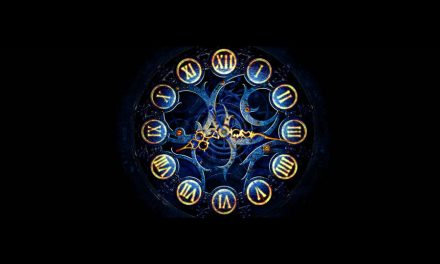The 17th March, St Patrick’s Day, is celebrated, certainly in the US, with a seemingly endless cornucopia of party like events, they even dye the Chicago River is green the Saturday before each St. Patrick’s Day. But what is the story behind the Saint and his relationship to Ireland where he is the official patron saint?
 Who was He ?
Who was He ?
Saint Patrick was a 5th century Romano-British Christian missionary and bishop in Ireland. Known as the “Apostle of Ireland”, he is the primary patron saint of Ireland.
 Was St Patrick Irish?
Was St Patrick Irish?
No. Although his exact birthplace is unknown, we do know he was born in Roman Britain in the late 4th century AD.
 So why the link with Ireland?
So why the link with Ireland?
Initially it was an involuntary one. Shortly before he was 16, Patrick was captured by raiders and carried off into slavery in Ireland. Some years later he escaped and went home to Britain but then returned to Ireland as a missionary, playing an important (but not exclusive) role in converting the native Irish to Christianity.
 When was St Patrick’s Day first celebrated?
When was St Patrick’s Day first celebrated?
Although Patrick was venerated as a saint in Ireland from the seventh century he was never formally canonised. It wasn’t until the 1630s that 17 March, the traditional day of his death, was added to the Catholic breviary (a book of prayers) as the Feast of St Patrick. By the late 17th century, Irish people were celebrating the day by wearing crosses, ribbons or shamrocks (tradition had it that he had used the three-leafed plant to explain the Holy Trinity).
 Where were the first St Patrick’s Day parades?
Where were the first St Patrick’s Day parades?
These early celebrations of St Patrick’s Day in Ireland were relatively low-key affairs. It took emigrants, particularly to America, to begin the transformation of St Patrick’s Day into a largely secular celebration of Irishness. Legend has it that the earliest celebration – a small parade by Irish colonists – took place in Boston, Massachusetts in 1737. The large events we see across the world today, with their banners and music, can trace their roots back to New York in 1762 when Irish soldiers in the British Army marched to a St Patrick’s Day celebration with their band playing and their regimental colours flying.
 Were these early American parades expressions of Irish nationalism?
Were these early American parades expressions of Irish nationalism?
No. Initially they were dominated by Protestants loyal to Britain. It was only after American independence, the suppression of the 1798 Irish Rebellion and the flood of Irish Catholic immigrants into America in the mid-19th century that the ethos changed. There was also a change in colour as blue, traditionally associated with St Patrick, was gradually replaced with the Irish green that defines the event today.





